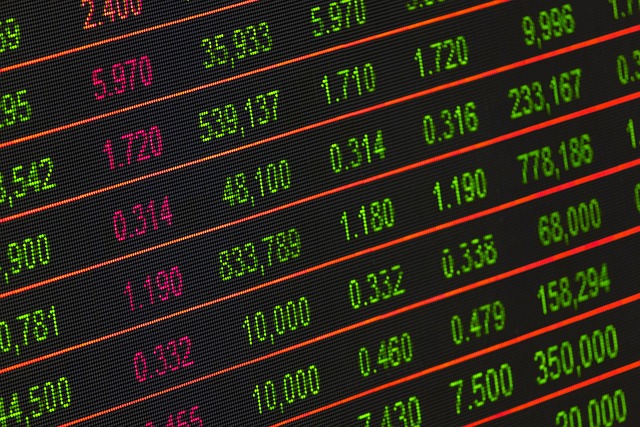How To Make Money During Stock Market Crises
With the collapse of Silicon Valley Bank, the hit to financial sector stocks has been brutal. As a reference, the iShares U.S. Regional Banks ETF (IAT) dropped by more than 30% in a few days. During a follow-up webinar with my newsletter subscribers, I discussed how steep market corrections have been showing up more often…
And how market drops like these are by far the best way to build your income and wealth.
Let me show you…
Psychologically, it’s hard to watch the value of your portfolio go down for an extended period. A ten percent drop is uncomfortable. If prices drop by 20%, fear takes over, and many (most) investors bail out, locking in their losses. They don’t often understand that steep declines occur about every other year. Using the S&P 500 benchmark, here is a quick history:
- September to December 2018: The market took 95 days to drop by 19.8%
- February to March 2020 (the pandemic): The market took 33 days to lose 33.9%
- January to June 2022: It took 164 days to drop by 24.5%
The 2022 bear market, from which stock prices have not yet recovered, hit a lower low in October, but the period from June 2022 until the present has been marked by failed recoveries and modest declines.
This year, the banking sector crashed, which—as I noted above—took down the regional bank ETF by more than 30%. That crash affected the full range of financial business companies, including business development companies (BDCs) and real estate investment trusts (REITs).
In less than four and a half years, investors have gone through four broad market or sector-specific, gut-wrenching selloffs. These market events seem to be coming with very short intervals in between.
I don’t think individual investors will be successful in timing the markets for capital gains. Disruptive events are too unpredictable. The latest include a pandemic, large bank failure, and the failure of the Federal Reserve to recognize that inflation was not transitory.
If you invest to generate dividend income, these stock market disruptions become attractive opportunities to pick up high-yield investments at even higher yields. For example, in “normal” times, Starwood Property Trust (STWD) is priced to yield 7.5% to 8%. During the recent market downturns, the share price dropped enough to push the yield above 10%.
Eventually, the share price will recover, generating gains in your portfolio value, while you will have locked in a 10% yield on your committed capital. It’s a win-win.
To successfully employ a high-yield stock strategy, you need to be confident that the stocks you pick will be able to sustain their dividends. The pandemic-triggered crash gave us a good list of companies that continued to pay dividends and take care of their shareholders.
This post originally appeared at Investors Alley.
Category: Dividend Yield





